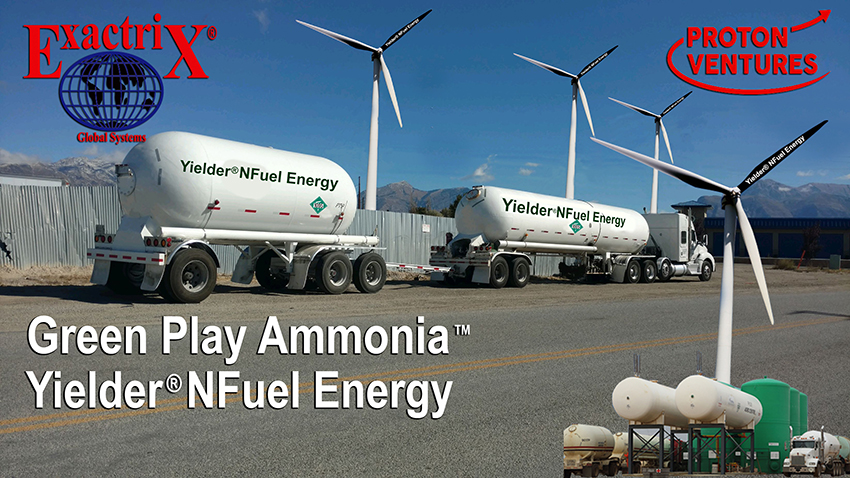|
-+
Return To Main Page
EXACTRIX GLOBAL SYSTEMS
April 01,
2024
Study investigates RCCI combustion of ammonia in dual fuel engine with diesel A team from Iran and Finland has investigated ammonia/diesel RCCI (reactivity-controlled compression ignition) combustion, (earlier post); a paper on their work is published in the journal Fuel. The reactivity-controlled compression ignition (RCCI) combustion mode presents a promising avenue for overcoming the challenges intrinsic to conventional diesel engines, such as elevated nitrogen oxides (NOx) and particulate matter (PM) emissions. Additionally, it addresses the limitations of both homogeneous charge compression ignition (HCCI) combustion (limited operational range) and premixed charge compression ignition (PCCI) combustion (diminished power output). The application of an ammonia-based RCCI combustion strategy emerges as a viable pathway for harnessing ammonia as a fuel. In this study, a numerical simulation on a single-cylinder heavy-duty engine operated in RCCI mode is conducted utilizing ammonia and diesel as fuels. —Fakhari et al. The study investigated the impact of varying ammonia energy fractions, injection timing, and intake valve close temperature (TIVC) on key operational characteristics of the engine including in-cylinder pressure, heat release rate (HRR), combustion efficiency (CE), indicated mean effective pressure (IMEP), and emission levels. Results indicated that increasing the ammonia energy fraction within the RCCI combustion mode, transitioning from 30% to 70 %, leads to a notable enhancement in IMEP, while maintaining low levels of carbon monoxide (CO), hydrocarbons (HC), unburned ammonia, and nitrous oxide (N2O) as greenhouse gases (GHG). Among the various NH3 energy fractions in the RCCI combustion mode, the optimum case was achieved with a fraction of 70%. This case, coupled with proper engine operation, decreased emissions of GHG and NOx emission level compared to other NH3 energy fractions. Furthermore, increasing ammonia’s energy fraction yielded a discernible reduction in NOx emissions and carbon dioxide (CO2). Conversely, the RCCI combustion mode attained superiority over the dual fuel combustion mode by simultaneously elevating CE and diminishing emissions of GHG, (CO2 and N2O) as well as unburned NH3. Resources
|

